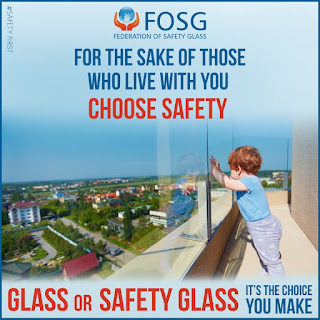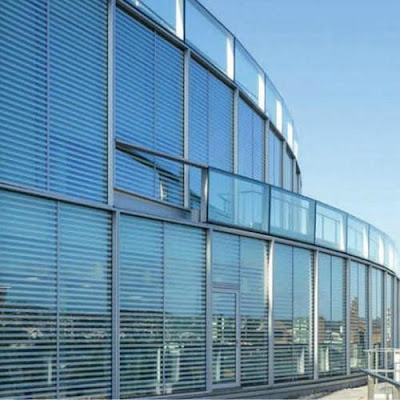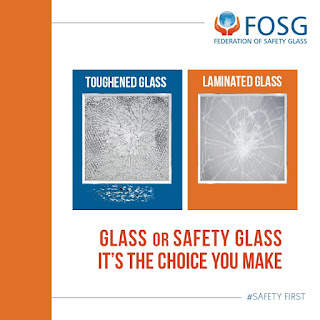Safety Glass for Children Safety: Windows and Doors

Visually, glass is elegant for homes and we are increasingly installing floor-to-ceiling doors, conservatories, glass doors, side panels, moving glass patio doors and glass shower cubicles in our homes. Furthermore, how about we not overlook the modest window, to be found all through. Yet every year windows and glass doors cause about 400 accidents hurting mostly children under 14. So what safety measures can we take to avoid injury from windows and glass doors? Falling From Windows Falls at home are very common but sadly, 10 children a year die as a consequence of falling from a height out of window, with many more suffering injuries. You can help to avoid this type of fall by: Moving beds, furniture and additional potential 'climbing frames' away from windows. Fitting window locks or safety catches that limit openings (for ventilation) to no more than 10cm. If windows don't allow ventilation while locked, think a window safety barrier. Instead of Gl


